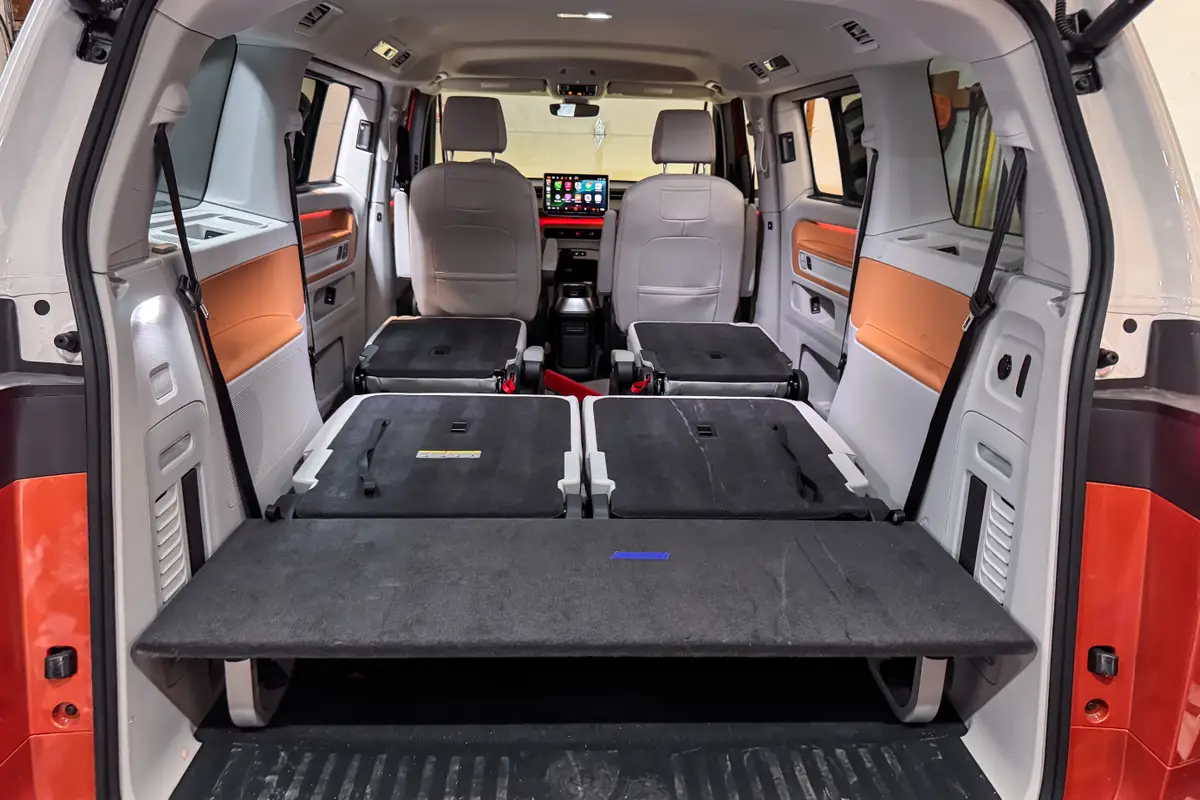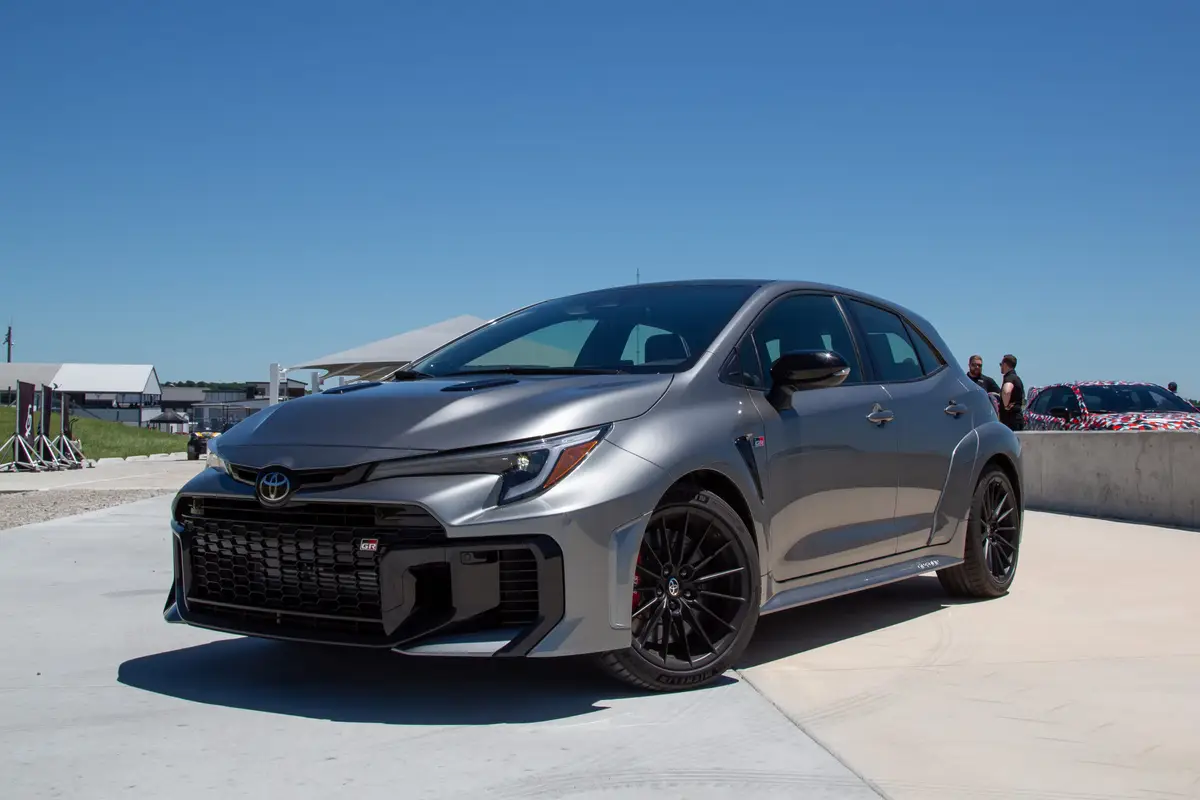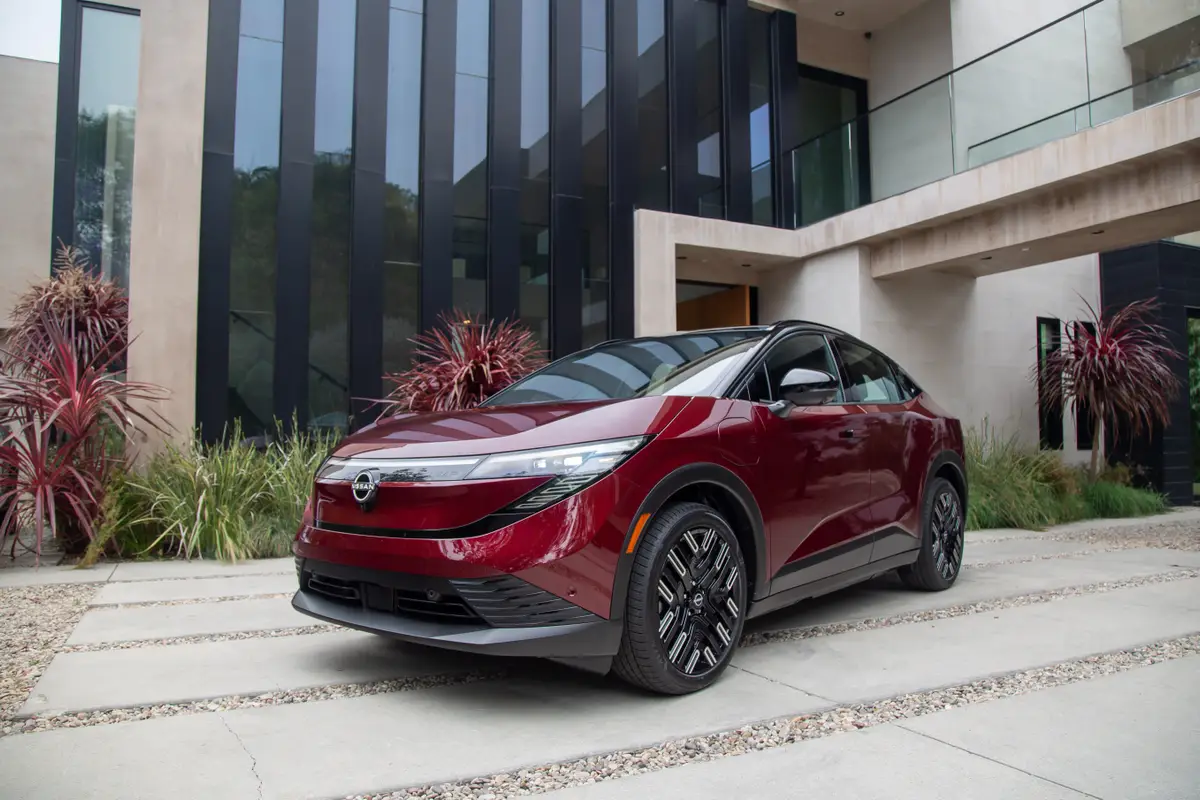2002 Porsche Boxster: What's New
Vehicle Overview
Porsches mid-engine, entry-level model carries on with little more than detail enhancements for 2002, including new seat belt pretensioners and load limiters. A Bose digital sound system is newly optional, and the trunk now contains an anti-entrapment release. A cupholder is installed in the center dashboard.
When it debuted in early 1997, observers noted that the Boxsters styling recalled the look of the popular Porsche 356 of the 1950s and that of the seldom-seen 550 Spyder and RS60. We think its front end is quite similar to that of the rear-engine 911 Carrera/Turbo.
Serving as the German automakers contender for the roadster market, the two-passenger, rear-wheel-drive Boxster convertible has drawn a new group of buyers to Porsche dealerships. The Boxster name blends the term used for horizontally opposed engines boxers with the cars roadster body. Boxster rivals include the Audi TT, BMW Z3 and M roadster, Honda S2000 and Mercedes-Benz SLK-Class.
In base form, a 2.7-liter horizontally opposed six-cylinder engine produces 217 horsepower, while the Boxster S gets a 250-hp, 3.2-liter V-6. The brakes for the Boxster S are borrowed from the 911 Carrera, and its suspension is stiffer.
Porsches future may also hold a coupe thats based on the Boxster, which is due for a face-lift before long. Porsche sold 12,278 Boxsters during 2001, down from 13,312 in the previous year, according to Automotive News. As of the end of the 2001 calendar year, nearly 55,000 Boxsters have been sold in the United States since the cars debut.
Exterior
Viewed from the front, the Boxster resembles the 1999 redesigned version of the rear-engine 911 coupe and convertible. But farther back, the Boxster has an assertive profile all its own, based on the mid-engine configuration. The power-operated fabric top has a plastic rear window. A rear spoiler and front and rear fog lights are standard, and an optional wind deflector mounts behind the seats to reduce turbulence in the cars interior when the top is down. A removable, 55-pound aluminum hardtop contains a glass window with a defogger; it is available as an option.
Alloy wheels on the Boxster S hold 17-inch tires, which can be installed on the base model as an option to replace the standard 16-inchers. Owners who want an extra touch of traction can opt for 18-inch tires on either model. The Boxster S is also equipped with a firmer sport suspension, larger brake rotors and a dual exhaust outlet. Several of the coupe and convertibles dimensions are exactly the same: a 95.2-inch wheelbase, 171-inch overall length and a 50.8-inch height.
Interior
Two occupants enjoy leather-trimmed, body-hugging bucket seats with power recliners. The drivers seat gets a height adjustment feature. Following a Porsche tradition, the nearly vertical steering wheel telescopes in and out but does not tilt. Standard equipment includes air conditioning, heated power mirrors, power windows and door locks, heated windshield washer nozzles, a theft-deterrent system, a cassette stereo system, and a leather-wrapped steering wheel and handbrake. The Boxster S adds remote keyless entry and variable intermittent wipers.
Both models have a cloth headliner for the fabric top, which helps keep noise levels down. A three-spoke steering wheel contains a Porsche crest. Stabilizer bars with soft coverings are mounted behind the headrests. LED interior orientation lights help the driver locate the ignition switch, door latches and other interior items at night, and they also promise to add an extra touch of elegance to the cockpit. Self-dimming inside and outside mirrors are grouped in an option package with rain-sensing windshield wipers.
Cargo compartments at both ends of the vehicle offer a total of 11.2 cubic feet of space, but that doesnt mean you should haul out the big suitcases. Soft luggage fits the best in the odd-shaped compartments.
Under the Hood
The regular Boxster is equipped with a 2.7-liter, dual-overhead-cam, horizontally opposed six-cylinder engine that produces 217 hp. The engine sits behind the seats and ahead of the rear axle. A five-speed-manual transmission is standard, and a drive-by-wire throttle is used.
Stepping up a notch to the Boxster S means you get a 250-hp, 3.2-liter, DOHC, horizontally opposed six-cylinder that mates with a six-speed-manual gearbox. Either engine can be used with Porsches optional Tiptronic five-speed-automatic transmission, which incorporates steering-wheel buttons for manual gear selection. Porsche claims the regular Boxster can accelerate from zero to 62 mph in 6.6 seconds.
Safety
Side-impact airbags and antilock brakes are standard. Porsches Stability Management System is optional. This electronic stability system is also used in the larger, rear-engine 911 series. It integrates with the cars antilock brakes and traction control to help maintain stability in difficult situations.
Driving Impressions
The Boxsters acceleration may not be the quickest of the high-performance sports car lot, but few cars offer as much all-around driving enjoyment as this Porsche icon. Few promise anything close to its level of quick and precise control. The Boxster has an eagerness to dash ahead and the ability to keep its tires planted firmly on the pavement. To some drivers, the Boxster delivers as much if not more joy as the 911, at a considerably more affordable price. But with a starting price of $43,365 (including the destination charge), its no bargain-basement purchase.
The Boxsters seats are surprisingly comfortable for long trips, but its limited cargo space is a drawback. The gearboxes and clutches take a little effort to operate, but theyre beautifully matched to the engines. In fact, everything seems to work in tandem in the Boxster, which delivers the most satisfying road experience.
| Reported by Jim Flammang for cars.com From the cars.com 2002 Buying Guide |
Featured stories




